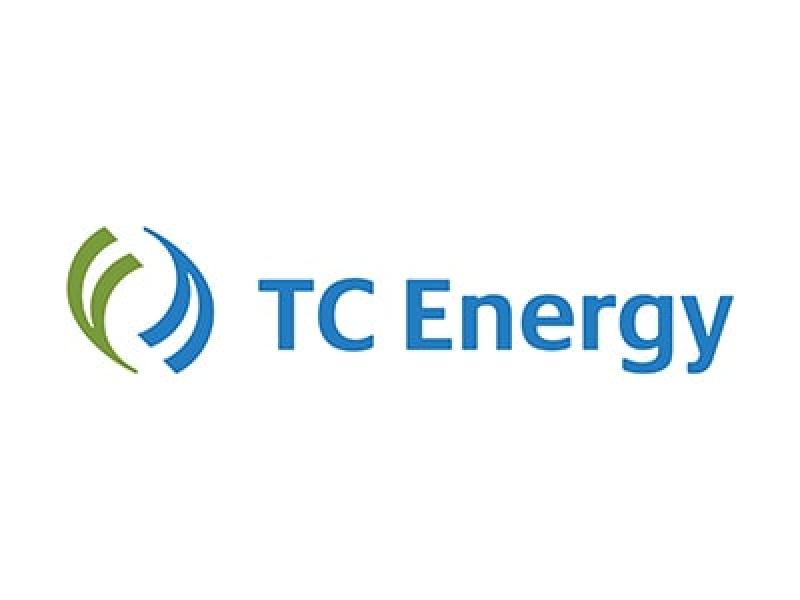
There will soon be a second coveted product coming from the world-renowned Jack Daniel's distillery in Lynchburg, Tenn. – renewable natural gas (RNG).
Canada-based TC Energy Corp. is one of the companies spearheading the project, which will utilize by-products from the legendary whiskey-maker's nearby production facility. The project also marks TC Energy's first investment into RNG production
The $29.3-million project is being developed by energy developers 3 Rivers Energy Partners LLC, and owner Lynchburg Renewable Fuels LLC.
The Lynchburg facility will produce RNG with a carbon intensity score that is 50 per cent lower than traditional natural gas, saving up to 16,000 tonnes of carbon dioxide equivalent per year.
While Calgary-based TC Energy (TRP-T) has transported RNG through its pipelines since 2002, this marks its first time being involved in also producing the fuel.
“TC Energy is really growing its renewable energy portfolio. (It) did a request for proposals in 2021, for wind, solar (and) renewable energy to power a portion of the U.S. pipeline. The company also has plans for pumped hydro storage in Ontario and in the province of Alberta,” said Katie Stavinoha, a TC Energy spokesperson.
“TC has not focused on one platform over another. (This is) the opportunity to build on the renewable natural gas experience that the company has far as transporting. But this is the first investment in RNG production.”
It will be operational in 2024.
TC Energy operates 93,300 kms of pipeline and more than 653 billion cubic feet of natural gas storage in Canada, the U.S. and Mexico.
The Lynchburg RNG facility
A by-product of the Jack Daniel’s distilling process will be broken down to generate methane gases for recovery as biogas. Then a biogas upgrade plant will remove contaminants to produce RNG that will be connected to a local natural gas utility. Liquid fertilizer produced during this process will also be distributed to meet the demands of local agriculture.
TC Energy will market 100 per cent of the RNG production and environmental attributes, which include renewable identification numbers and low-carbon fuel standards. Stavinoha confirmed there are specific markets in mind for the RNG across TC Energy's portfolio.
“Our goal is to create lasting partnerships that give organizations the ability to create a sustainable future by utilizing bio-waste to reduce energy and help sustain local agriculture,” said John Rivers, CEO of 3 Rivers Energy Partners, in a statement on the facility. “What we are doing is a major step for Jack Daniel’s, the local agriculture and our planet’s future.”
TC Energy’s low-carbon energy portfolio
According to a release, there will be more collaborations with 3 Rivers in the future.
“I think that's evidenced by our statement that we would love to look for more things with 3 Rivers and again, our guys are saying yes,” Stavinoha said. “It's not just wind, it's not just solar, it's not just nuclear. It's the whole portfolio approach.”
This month, TC Energy announced construction on its first utility-scale solar project near Aldersyde, Alta. The company has invested $146 million into the Saddlebrook Solar Project, which will have the capacity to generate 81 MW, enough energy to power 20,000 homes annually. Phase II of the project will involve the installation of a utility-scale energy storage facility, up to 6.5 MW and 40 MW-h.
It is to be completed in 2023, with 140 workers supporting construction and two full-time TC Energy employees stationed at the project upon completion.
Over the past 24 months, the company has acquired over 400 MW of renewable power in Alberta via power purchase agreements.
Stavinoha also mentioned the 1,000 MW Ontario Pumped Storage Project (OPSP) in the Georgian Bay community of Meaford, Ont. The OPSP, which could be operational by 2030, will reduce carbon emissions by 490,000 tonnes per year, equivalent to taking 150,000 cars off Ontario’s roads according to the project website. It is being constructed on the Department of National Defence’s 4th Canadian Division Training Centre property.
“We're seeing our folks navigate toward (using) our existing North American footprint, and harvest the innovation and the experience and the knowledge to apply what they've used in various realms of the business into renewables,” she said.










